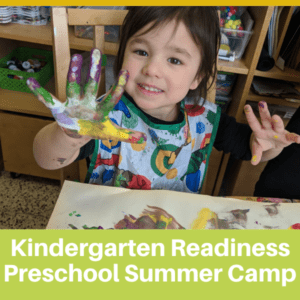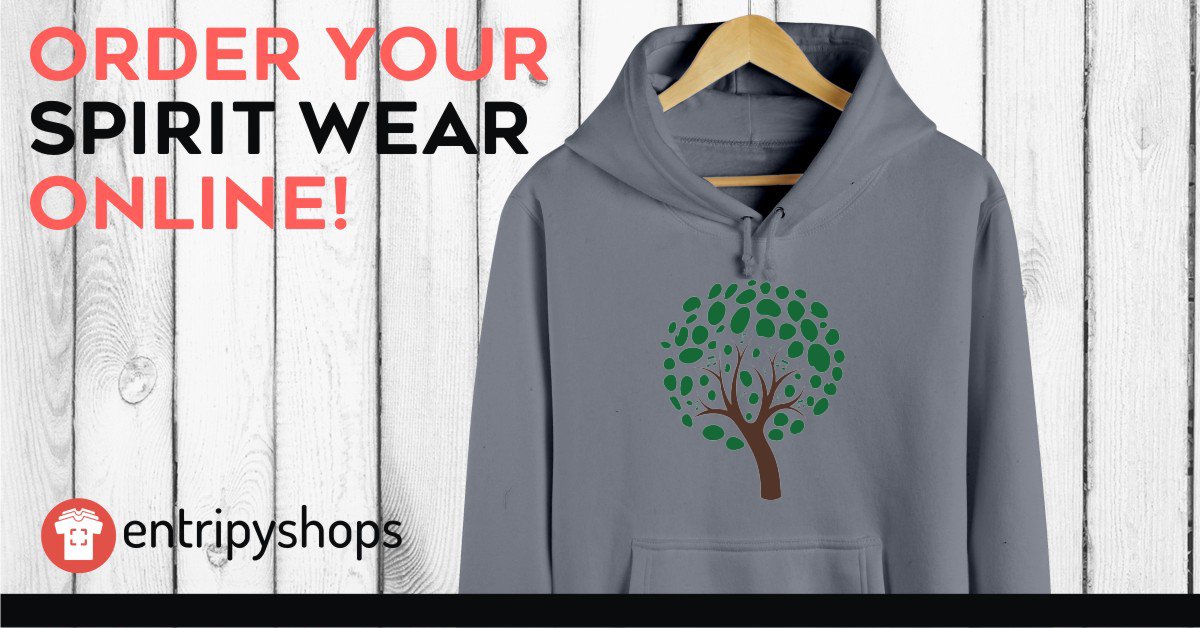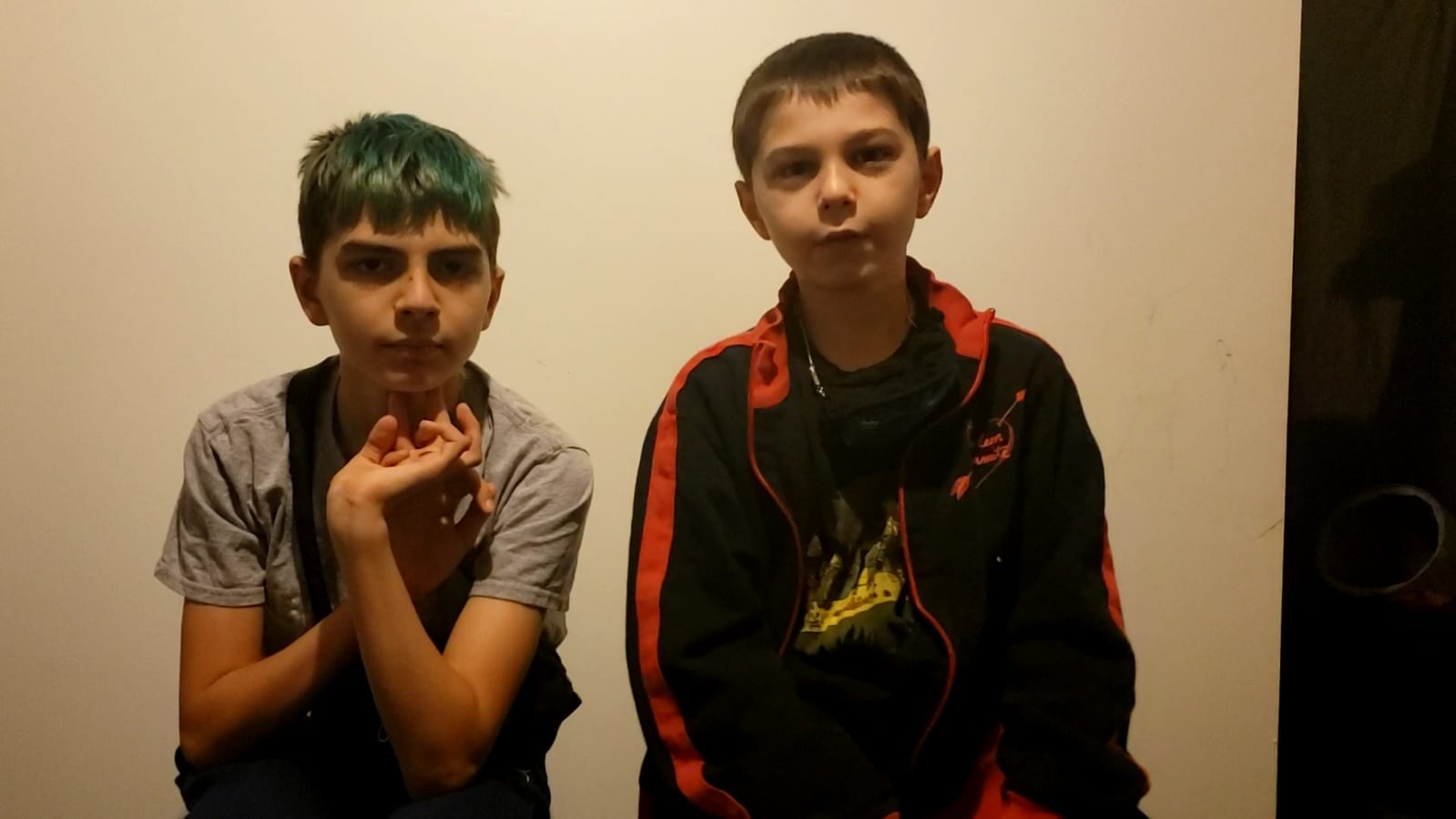
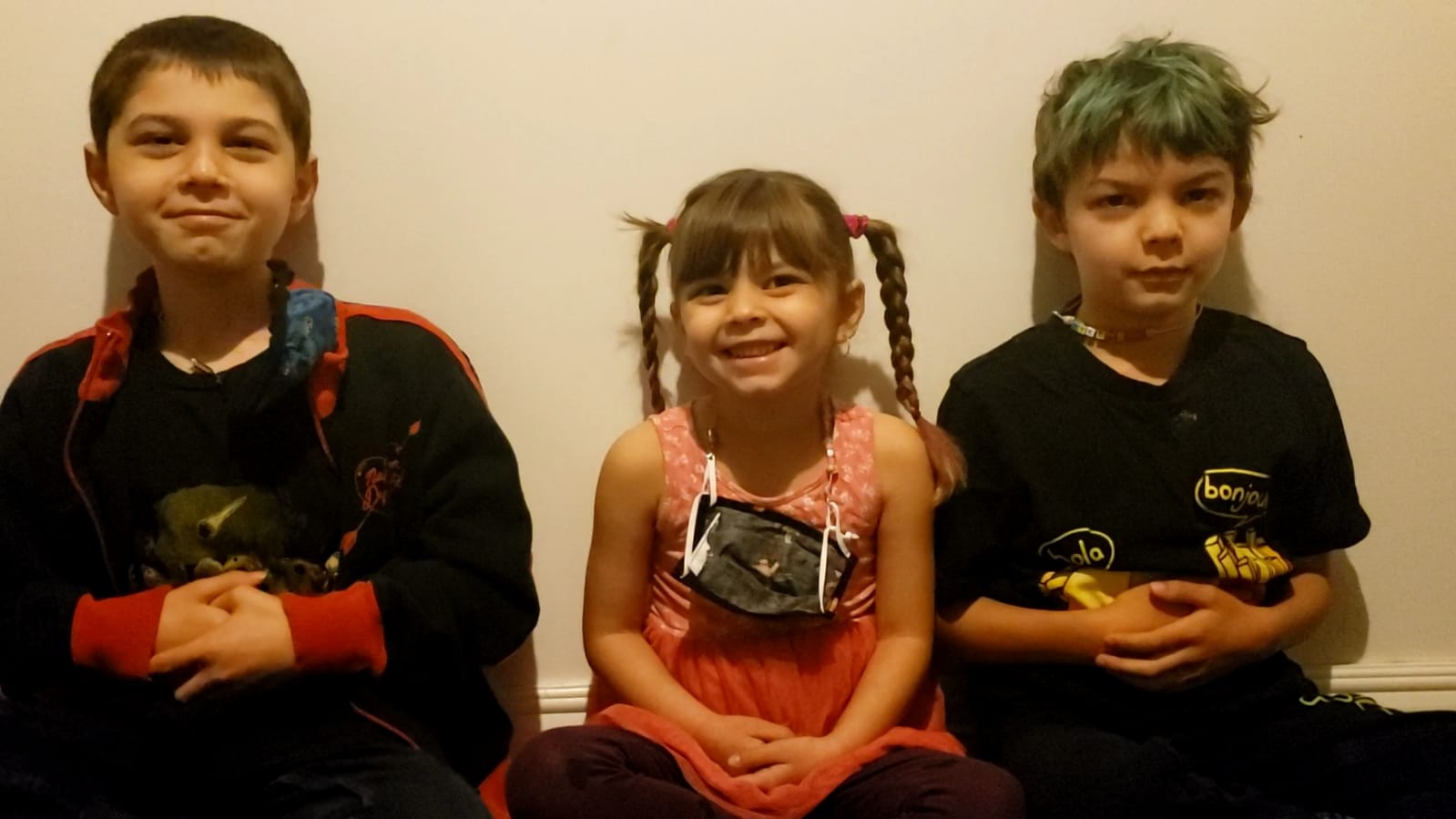
Cognitive Behavioural Therapy and Mindfulness Made Simple for Home and School
You may be asking what cognitive behavioural therapy (CBT) is? Well put simply, cognitive behavioural therapy is a short-term therapy that focuses on one particular problem with set goals in place. You will learn techniques and strategies in order to reach your goals. With mental health on a decline due to Covid19 you may not be able to seek treatment from a professional so here are some tools that you can do with the children at school or in the home. These tools are beneficial for everyone to work on strengthening their mental health and mindfulness. You can use this process at home by making your own goals based on the needs of the child. The tips and strategies that will be used as examples come from “The Anxiety and Stress Solution Deck” by Judy Belmont.
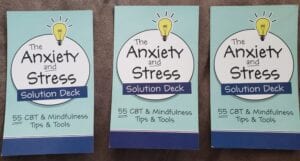
This deck has 55 cards, which may seem overwhelming so I suggest going through them and picking out a few that relate to the children you will be working with. Work on one card at a time until the child is able to use the tool independently, this may take a week or more. For example, sharing your feelings. Some children how a difficult time knowing who they can trust to share their feelings with so for this first week you can develop a level of trust with the child by talking about feeling, sharing your own feelings, and asking them if they want to share theirs. The first few times they may not want to share so reassure them that they are in a safe space. Once they feel safe and comfortable with you, they should start to feel comfortable sharing with you.
For younger children or children who are developmentally delayed may find verbally sharing their feelings difficult so you can have them practice drawing how they feel instead. This may look different for each child as some may draw faces with smiles or frowns while others may use colours and lines. For example, I child who is confused with math may use red to draw a bunch of swirling lines all mixed together to express his confusion. Ask them once or twice a day to draw their feelings, during different types of moods. Continue to prompt them until it becomes habit for them to share what they feel.
When they have begun to understand their feelings, you can move one to another goal such as bellying breathing. Have the child place their hands on their belly and ask them to breath in through their nose with their mouths closed. Tell them to feel how they belly expands, pushing their hands out. Next, have them release the breath out of their mouth while feeling their belly deflate. This can technique can be used to help them return to a calm state once they have practiced it.
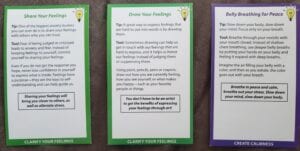
As you dive deeper into cognitive behavioural therapy and mindfulness you can great goals that will help children challenge their feeling a little more. This can be done but getting them to think about what they have in life, the goal here is to focus on the positive. What are they grateful for? What do they look forward to each day? Ask questions that stimulate the mind and that have them reflect on everything good they have.
By creating these goals and practicing them daily we are helping children build a tool box full of positive ways to express themselves, find their calm, and reflect. This allows children to stay in control or know when to ask for help during stressful time. Children will may feel more confident and therefore more willing to open up with the people around them.
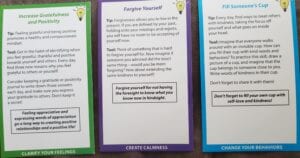
For more healthy living posts visit our Healthy Living Blog Posts
To keep up with new blog posts you can follow us on Facebook or Instagram
For more fun Fitness Activities find us on Pinterest too.
Or, sign up for our newsletter below for school updates.
Get updates on new classes, hosted events, and more.



